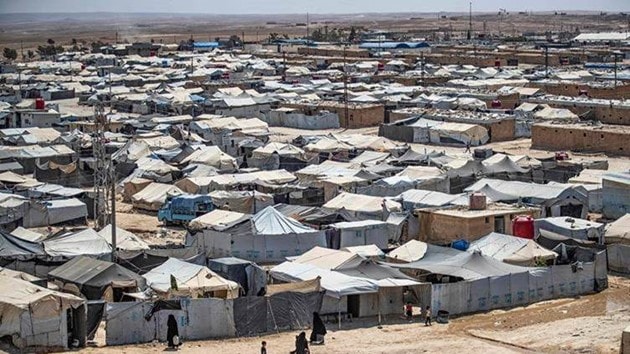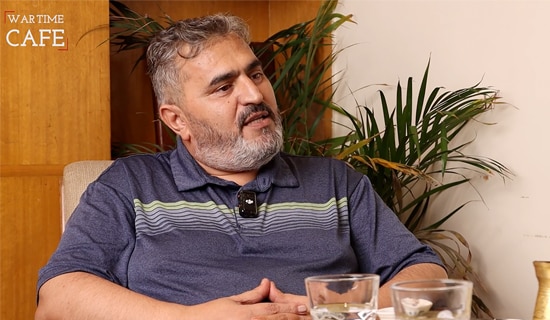Introduction
According to the United Nations Relief and Works Agency for Palestine Refugees in the Near East (UNRWA), as of 2023, the Gaza Strip includes eight refugee camps, the largest of which is Jabalia in the northern part of the Strip, where 116,000 Palestinians are registered as refugees.[1]
Palestinian statistics show that prior to the current war, virtually nobody in any mukhayam - "refugee camp," from kheyma, "tent" - in the Gaza Strip was actually living in a tent. Prior to October 7, the average housing density in Gaza was 1.7 persons per room; 21.2% of the population lived in a house or a villa while the rest (77.8%) lived in apartments. Most residents (78%) owned their homes or apartments.[2]
In 2021, 100% of Gaza's residents had access to electricity.[3] Daily per capita consumption of water in Gaza was 86.6 liters per day – four liters more than average daily consumption in the West Bank,[4] and in Jordan the average person has access to only 61 liters of water daily.[5]
The following photos show the difference between Jabalia in the Gaza Strip and other "refugee tent camps" in the Middle East.
Jabalia refugee camp in the northern Gaza Strip

In contrast to the Al-Hawl refugee camp in Syria

And the A-Zaatari refugee camp in Jordan.

Note: All information and data in this section are taken exclusively from Palestinian media and social media posts by Palestinians.
Photos From Jabalia Refugee Camp
Source: AlQudsWebTV YouTube channel, uploaded 2022
محطات العودة مخيم جباليا (youtube.com)




Photos From Jabalia Refugee Camp
Source: محمد جهاد الدلو YouTube channel, uploaded 2023
#شاهد #فلوج أجواء #رمضان وما قبل الإفطار في مخيم #جباليا - YouTube
The main souk or marketplace and adjacent streets:







[1] nrwa.org/where-we-work/gaza-strip/jabalia-camp. The Arabic word for "refugee camp" is mukhayam (مخيم), from the Arabic kheyma (خيمة) which means "a tent." Hence, the term "refugee camp" literally means "a tent camp." In refugee camps in the Middle East and North Africa, refugees live in camps – for example in the Al-Hawl refugee camp in Syria, and the A-Za'atari refugee camp in Jordan. Both of these will, in this report, serve as a basis for comparison. As for Palestinian refugee camps in general, and Gaza Strip refugee camps in particular, their definition as mukhayamat (the plural of mukhayam) was a distant reminder of what these towns used to be, before they became densely crowded urbanized areas. Yet UNRWA uses a tent icon to represent Palestinian refugee camps. However, as noted in this report, prior to October 7, 100% of Palestinian refugees in the Gaza Strip lived in houses and apartments.
[2] Passia.org/media/filer_public/96/52/96520571-4642-4683-b02c-d5c7c44d41ee/factsheet_infrastructure.pdf.
[3] Passia.org/media/filer_public/96/52/96520571-4642-4683-b02c-d5c7c44d41ee/factsheet_infrastructure.pdf.
[4] Passia.org/media/filer_public/5c/9f/5c9f46b3-bcbd-4ed8-8990-a10a41132d57/factsheet_water_and_environment.pdf.
[5] Aljazeera.com/news/2021/11/2/experts-warn-of-catastrophe-facing-jordans-water-sector.




